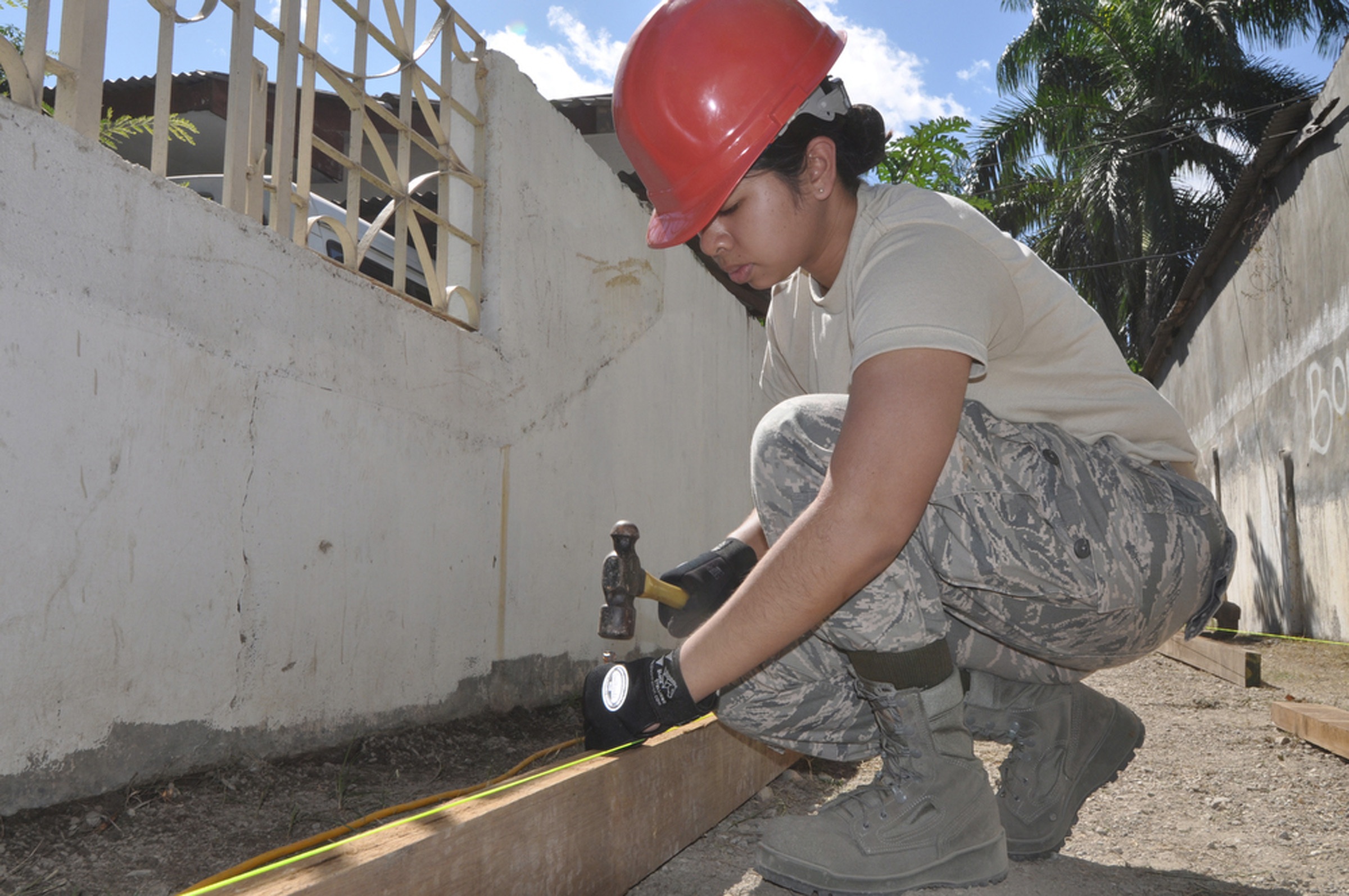Le torticollis is a musculoskeletal disorder located on the side of the cervical spine that particularly affects sedentary people. Painful and constraining, it can, in certain cases, hinder a person in the exercise of these professional activities. In this article we will talk about the cases of torticollis that require a work stoppage.
Contents
General description of torticollis
Torticollis is a painful manifestation of the sterno-cleido-mastoid muscle. It is related to muscle contractures and means a twisted neck. There is an inclination of the head towards the opposite side of the part concerned. This deformity can present sideways, backwards or forwards, but the most common symptom is that of the head tilted towards one shoulder.
Although mild, this disease can affect anyone. It can be caught in a hereditary, congenital or acquired way.

We are talking about a reflex muscle contracture which is related to many factors.
- A bad posture sleeping and especially behind his work desk.
- Un overwork physical, intellectual and a strong emotion.
- Un jerk or a heavy load carrying in the neck.
- A inflammatory infection and reflex local irritation.
- A rheumatic infection and a tumor.
- A lesion organs surrounding the cervical muscle.
- La menopause and medications.
To diagnose classic torticollis, the doctor conducts an interrogation, followed by a physical examination.
In the presence of a worrying symptomatology of the disease, the patient goes through an MRI or a CT to confirm if there is a trauma or a bone infection…
To learn more about torticollis, click here.
How does torticollis lead to a stoppage of work?
Cessation of work in relation to torticollis symptoms and treatment
Torticollis is marked by neck pain and stiffness with shoulder deformity. Apart from this, other more or less severe symptoms may appear.
- Headache (headache) followed by a fever.
- Contracture of the trapezius and rhomboid muscles.
- Back pain.
- Joint and arm pain.
- Limitation of movements.
- Irradiation secondary to inflammation of a nerve root.
These symptoms are often constricting and limit function. For example, torticollis-related headaches can be caused by stress associated with performing strenuous work. Muscle tension may, at this time, be the result of intellectual overwork. Faced with this condition, the attending physician may prescribe a work stoppage.
Fortunately, non-traumatic common torticollis can be resolved with painkillers and a few exercises.

When symptoms become chronic, this suggests a differential diagnosis indicating more comprehensive treatment. Indeed, chronic neck pain is associated with disabling pain leading the patient to difficulty in performing certain movements. Functional pain is particularly linked to muscle weakness and joint stiffness.
Treatment includes therapeutic exercises combined with manual therapy techniques aimed at relieving symptoms and improving function. A multidisciplinary team can be brought together to optimize patient recovery.
Complications of torticollis and work stoppage
Recurrent cases of torticollis and long-term illness can occur even in the presence of care, and with the help of a professional such as the physiotherapist (physiotherapist). At this stage, the neck pain does not subside and can be associated either with a joint lesion, or with irritation of the nerve that emerges from the vertebrae cervical.
At the start of treatment, it is sometimes necessary to immobilize the neck with an orthopedic device (neck brace). However, it is always preferable to opt for an active approach and the avoidance of complete rest.
In this sense, the doctor prescribes a work stoppage lasting from 3 to 15 days work while waiting for the pain to subside. Physical therapy sessions will usually be prescribed to reduce inflammation and muscle spasms, and restore neck mobility.
However, if first aid is unresponsive, it can lead to loss of function, sometimes lasting up to months or even years.

To prevent the condition from reappearing frequently or becoming chronic, the doctor studies the age, physical condition and nature of the patient's job. Work that requires excessive and repeated flexion and extension of the neck should be avoided, at least temporarily. The health professional recommends sick leave for torticollis if the patient exercises a physically demanding job.
Le spasmodic torticollis is a more severe form of torticollis. He will have to be followed by a neurologist. Treatment involves botulinum toxin injection, physical therapy, and in more advanced cases, surgery. At this stage, the patient should exclude any occupation requiring great physical effort.
Postural guide and anti-back pain in the office (and teleworking): Video course








